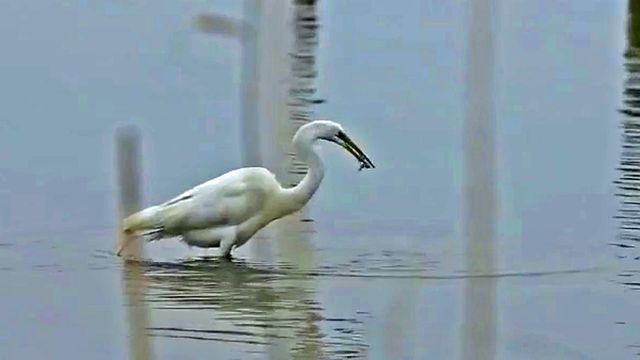GPS trackers help NC scientists map egret migration
Scientists are learning more about where great egrets go when they leave North Carolina. GPS trackers send back data on their flight patterns.
Posted — Updated“We knew there are a lot of egrets here in the summer and a few in the winter and that's about it,” said Roland Kays, a research zoologist at North Carolina State University.
Kays and the North Carolina Museum of Natural Sciences have partnered with public schools to capture eight great egrets and attach GPS tags. A year later, the results are stunning.
“The most amazing thing was that all the different birds we studied did something different. Every animal was different,” Kays said.
Some stayed in North Carolina; others traveled a long way.
Data shows one egret went from Lake Mattamuskeet, in Hyde County, to New York City in one night. She settled in Massachusetts, where she bred and then headed south.
“Here, she is in Cuba,” Kays said, tracking her movements.
Another bird spent the summer on an island at Niagara Falls before returning to North Carolina.
“Every day, I get a new update on these animals that teaches me something new about what they're doing,” Kays said.
The students at the partner schools also get the updates.
Kays hopes to tag more egrets and wants to begin tracking blue herons, too. He said he hopes the stories of the birds spark a lifelong interest in science for the students.
• Credits
Copyright 2024 by Capitol Broadcasting Company. All rights reserved. This material may not be published, broadcast, rewritten or redistributed.





